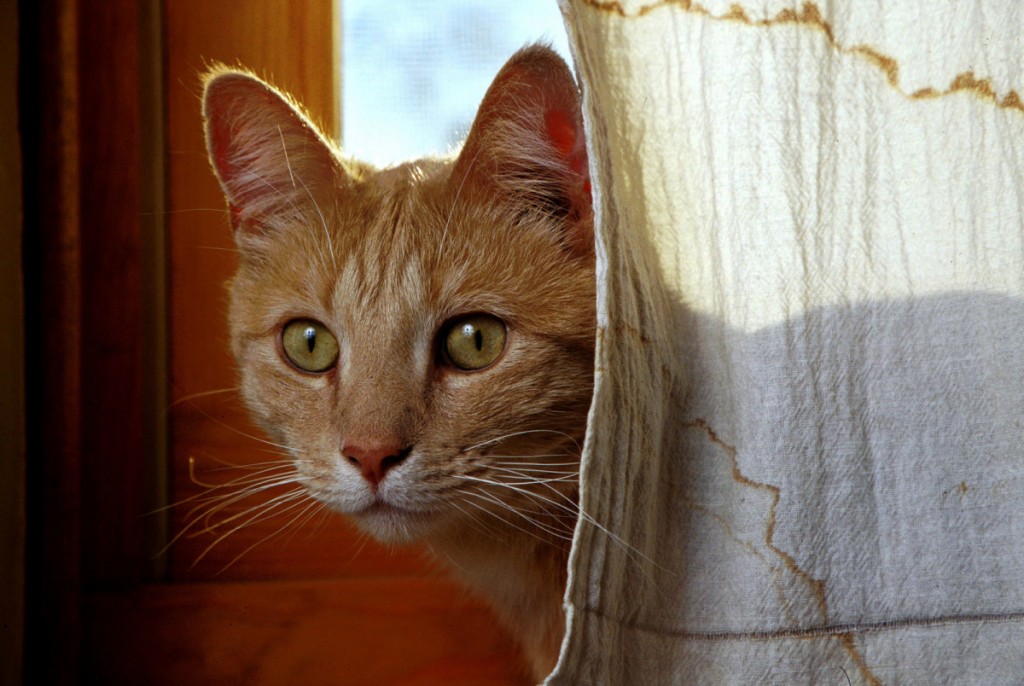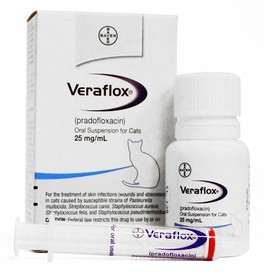I love diseases of the blood and immune system. I find them fascinating. I love helping patients living with them. One common infection of the blood in cats is hemotropic mycoplasmosis. Specific bacteria called Mycoplasma parasitize red blood cells to destroy them and to trigger a powerful (and potentially deadly) response by the immune system. This week I share some insight about this important infection. I hope you find it stimulating and shareworthy with other cat parents. Happy reading!
Hemotropic Mycoplasmosis – What is it?
Hemotropic Mycoplasma are the most common infectious cause of a red blood cell disorder called immune-mediated hemolytic anemia. These bacteria invade red blood cells, an occurrence that sends signals to the immune system. The immune system subsequently recognizes the infected red blood cells, and takes various steps to remove them from circulation and destroy them. Three species of Mycoplasma have been documented:
- M. haemofelis
- Candidatus M. haemominutum
- Candidatus M. turicensis
Mycoplasma haemofelis is the largest of the three and is the one most commonly implicated in disease. Cats do not need to have a compromised immune system to be affected. Yet many suggest an association between mycoplasmosis and concurrent infection with either feline leukemia virus (FeLV) and/or feline immunodeficiency virus (FIV).

The natural route of infection has not been determined. The cat flea, Ctenocephalides felis, is a potential vector for transmission. Direct cat-to-cat transmission may occur through aggressive interactions, including bite wounds and scratches. Transmission can also occur through intravenous transfusion of infected blood.
Hemotropic Mycoplasmosis – What are the clinical signs?
The clinical signs of this disease are non-specific and may include:
- Lethargy
- Weight loss
- Pale appearance to the gums
- Reduced (or loss of) appetite
- Rapid breathing
None of these signs are diagnostic for hemotropic mycoplasmosis but should prompt a family to seek veterinary medical attention as soon as possible. A veterinarian will obtain a thorough patient history and perform a complete physical examination. Affected patients may have a yellowing of their skin and/or the whites of their eyes. Pets may have elevated heart and/or respiratory rates, and their spleens may be enlarged.
Candidatus M. haemominutum does not produce meaningful clinical disease without concurrent retroviral (e.g.: FeLV or FIV) infection. Prevalence studies regarding Candidatus M. turicensis suggest singular infection is likely of minimal clinical importance. Risk factors for clinical disease include concurrent immune system suppression, FeLV or FIV infection, and/or infection with additional hemotropic Mycoplasma species.
Hemotropic Mycoplasmosis – How is it diagnosed?
After reviewing a pet’s medical history and physical examination findings, your family veterinarian will perform some non-invasive blood test, particularly a complete blood count (CBC). The results provide information about red blood cells, white blood cells, and platelets. Cats with hemotropic mycoplasmosis typically are anemic (low red blood cell count) with evidence the bone marrow is producing more red blood cells than normal as a compensatory response. Red blood cells may stick together – a process called autoagglutination – indirectly indicating the immune system has labeled those red blood cell for destruction. A veterinarian may recommend submitting a blood sample to determine the specific type of marker with which red blood cells have been labeled. Screening for FeLV and FIV is strongly recommended as many clinically affected patients are concurrently infected.

The currently preferred diagnostic test is called polymerase chain reaction (PCR). A special assay called flow cytometry can also be used, but is not as readily available PCR testing. Measuring antibodies, the proteins the body makes in response to infection, may be used to help differentiate acute from chronic M. haemofelis infection. Evaluating red blood cells under the microscope is not a sensitive diagnostic test, as is not recommended as a single diagnostic test for hemotropic mycoplasmosis.
Hemotropic Mycoplasmosis – How is it treated?
Effective treatment of hemotropic mycoplasmosis requires treatment with an antibiotic. Several drugs have been studies, and currently the preferred medications are:
- Doxycycline (only a liquid formulation)
- Enrofloxacin
- Pradofloxacin
Pradofloxacin appears to be more effective in clearing the organism than doxycycline. As the immune system is often primed to remove red blood cells from circulation, concurrent therapy with medicines that change how the immune system responds is often necessary. Patients with marked anemia require a blood transfusion. To ensure an efficient and cost-effective diagnostic and therapeutic plan, your pet may be referred to a specialty/referral hospital to receive care under the direction of a board-certified veterinary internal medicine specialist or board-certified veterinary emergency and critical care specialist.
Complete clearance of infection is difficult to confirm as organisms may hide in the liver, spleen, and/or lung in patients with PCR-negative blood tests. Chronically infected patients can experience recurrence of clinical signs, and may serve as reservoirs of infection. Repeated PCR testing may not be clinically useful as affected patients may have persistently positive results. Certainly a negative PCR result is ideal, but cats that remain PCR positive without clinical signs do not necessarily require continued treatment.
The take-away message about hemotropic mycoplasmosis…
Hemotropic mycoplasmosis is a bacterial infection that results in the rapid destruction of red blood cells. The immune system recognizes infected cells and targets them for destruction to cause clinical illness. Diagnosis is made via compatible clinical signs and some simple blood tests. Therapies include appropriate antibiotic administration, medicine(s) to modify the response of the immune system, and possibly blood transfusion. Partnering with board-certified veterinary internal medicine or emergency and critical care specialists can be invaluable for maximizing the likelihood of a positive outcome.
To find a board-certified veterinary internal medicine specialist, please visit the American College of Veterinary Internal Medicine.
Wishing you wet-nosed kisses,
cgb






